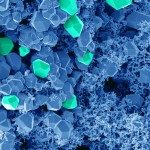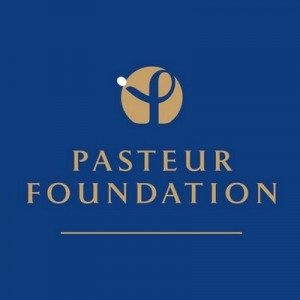About
During the last decades, structural biology allowed to incredibly improve the information on the biological objects, from single biomolecules to molecular assemblies, and to get a better description of the physics underlying the interactions between molecules. Somehow, structural biology can be considered as the description of the geometric properties of biomolecules, as biomolecular structures are determined from the measurements of angles and distances between molecule atoms. These parameter values can be determined by: Nuclear Magnetic Resonance (NMR), fluorescence/FRET, mass spectrometry coupled to cross-linking or analysis of protein sequence alignment. Up to now, one of the most used method to optimize the protein conformation given these geometric restraints, was based on the repeated use of simulated annealing (SA) algorithm, followed by extensive statistics. As the SA algorithm does not provide a guarantee of global minimality of the function, and is quite sensitive to the sparsity and to the lack of redundancy in the distance restraints, we explore the efficiency of another class of methods, derived from operations research and computational geometry, where a branch-and-pruning algorithm permits in principle the full exploration of the whole solution space. This algorithm already gave promising results on small examples of biomolecules, and the purpose of the project would be to extend them to real-life systems including: protein structures determination from NMR distance restraints, homology models or positioning of protein domains within molecular assemblies using cross-linking restraints.




